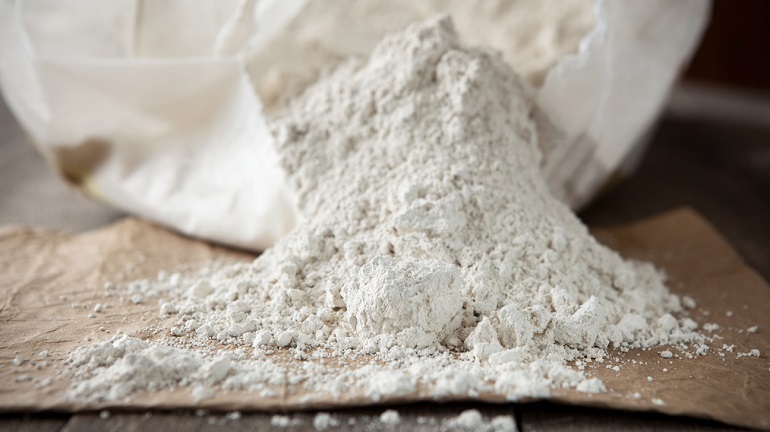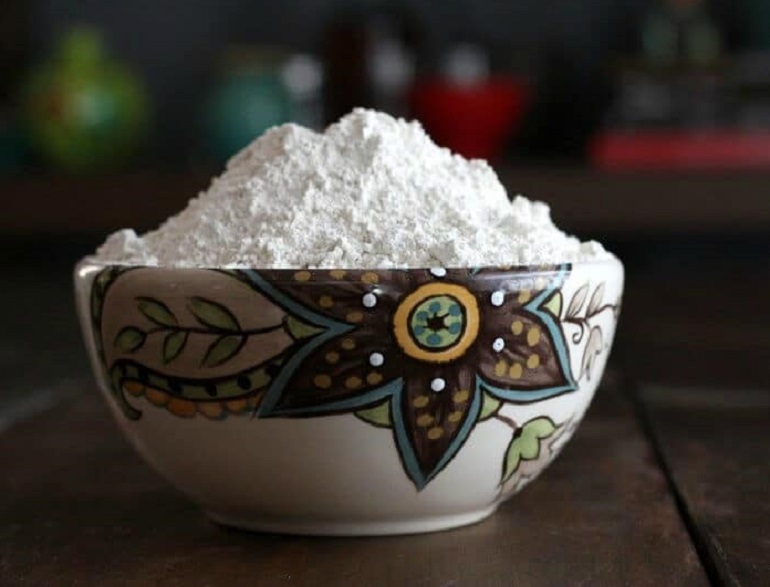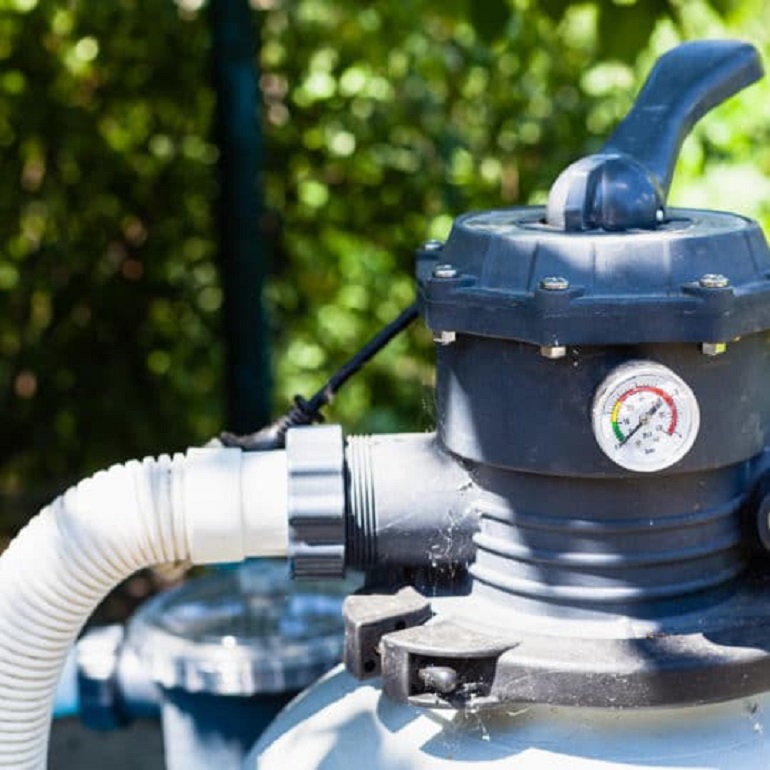It’s hard to imagine that something labelled with a word that sounds so toxic as “pesticide” can also be consumed in food, even if it’s labelled as “food grade”. But that’s the case with diatomaceous earth or DE…
Also called diatomite, DE is a white or off-white powder, made by crumbling siliceous sedimentary rocks consisting of fossilised diatoms – microalgae. It’s a naturally occurring compound found in bodies of water, like oceans or lakes.
It was first discovered in 1830s in Germany, and since then, many deposits have been discovered in many places around the world. Originally it was used as a mild abrasive, like in toothpastes or face scrubs, but today it has applications in agriculture, medicine, food industry etc.

Uses in Agriculture
Pest control is one of the biggest challenges organic gardeners and farmers face. In organic production, pest control is done only in natural ways, so that there are no traces of chemicals on their products. This is why diatomaceous earth is perfect for organic production.
This natural powder, very efficient against pests and parasites, can be used for dusting fruits and vegetable even on the day of harvesting, without any danger to humans and animals. It’s effective against mites, lice, fleas, ticks, flies, ants, cockroaches, spiders, aphids, slugs, maggots and many more.
The reason diatomaceous earth powder isn’t harmful to humans and animals is that it doesn’t eradicate pests and parasites by poisoning them, which makes it non-toxic. The way it kills the pests and the parasites is by dehydrating them, which also means that pests can’t develop resilience against it. It’s very useful in poultry, since it won’t harm the birds, but it will kill small pests and parasites. It’s also believed that DE helps improve egg production and it makes the egg shells stronger.
In agriculture, DE isn’t only used as a pesticide. Studies show that adding DE to the soil improves the nutrient levels. The silica gives the soil optimal fertility, and improves the chemical and physical properties of the soil. As a result, plants grow healthier and stronger, because they get more nutrients from the soil.
Apart from being natural pesticide and desiccant, improving plant health, and increasing yield, diatomite is characterised by high porosity, due to its microscopical hollow particles. This property of DE is particularly important during droughts, since it provides the soil with protection as it retains water and dries slowly.
The porosity of the diatoms furthermore allows air to go through the soil and the better the soil breathes, the softer it gets. Softer and healthier soil additionally provides increased yield of the crops.

Food and Uses in the Home
Silica is essential for the human health, and DE is a great source. Diatomaceous earth food grade is used to improve teeth, bones, skin, nail and hair health, as well as for treating high cholesterol. Some people take it with water, juice, yogurt or a smoothy, and some take it through dietary supplements. If you decide to take DE, never forget to check if it’s labelled “food grade”.
Food-grade DE can also be used for other things in your home. Due to its porosity, it’s highly absorbent, which makes it a great stain remover, and spill cleaner.
You can use it as an insecticide at home, as well. It can even be used against bedbugs. Anyone who’s ever had to deal with bed bugs, knows that bedbugs are the most resilient insects in the world, contrary to the common opinion that cockroaches would be the only creatures surviving a nuclear war.
If you use DE as an insecticide in your home, make sure you use a mask since it can provoke coughing and it can irritate your nose. Also, keep kids and pets away when you are dusting, so they don’t inhale it.
DE can also be used as a food supplement for pets as well, and as a product to kill fleas on dogs or cats.

Other Uses
- Filtration
The variety of shapes and the honeycomb-like structure of the diatoms in DE allow liquids to flow through them, but capture unwanted particles. This means that when liquid go through them, they trap bacteria and viruses, amongst other things, which makes it a great filtration aid.
Diatomite is used for purifying potable water. It’s used for filtering swimming pools, and food and beverages (oils, juices, syrup, honey, wine, and beer). It’s also a filtration medium in the production of some medicines.
- Explosives
Diatomite was the compound Alfred Nobel added to nitro-glycerine to finish his patented explosive called dynamite. The diatomite absorbed the nitro-glycerine, making the mixture more stable for transport and handling, without reducing the effectiveness of the explosive.

